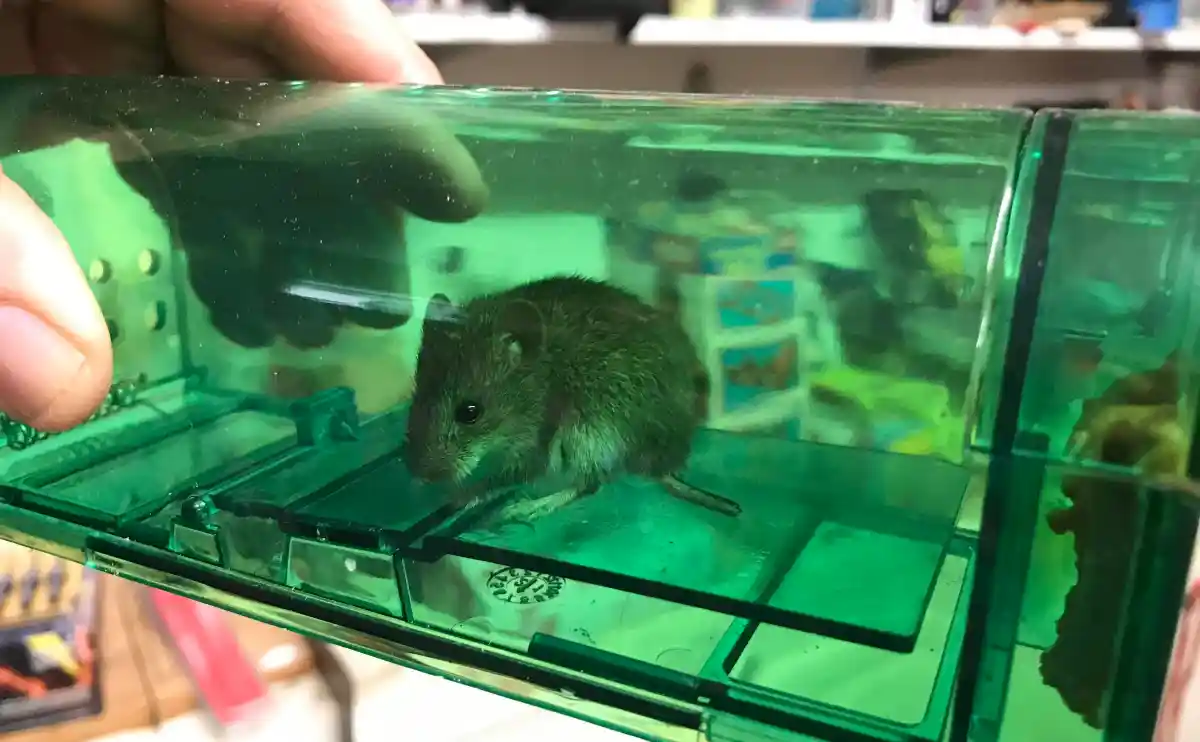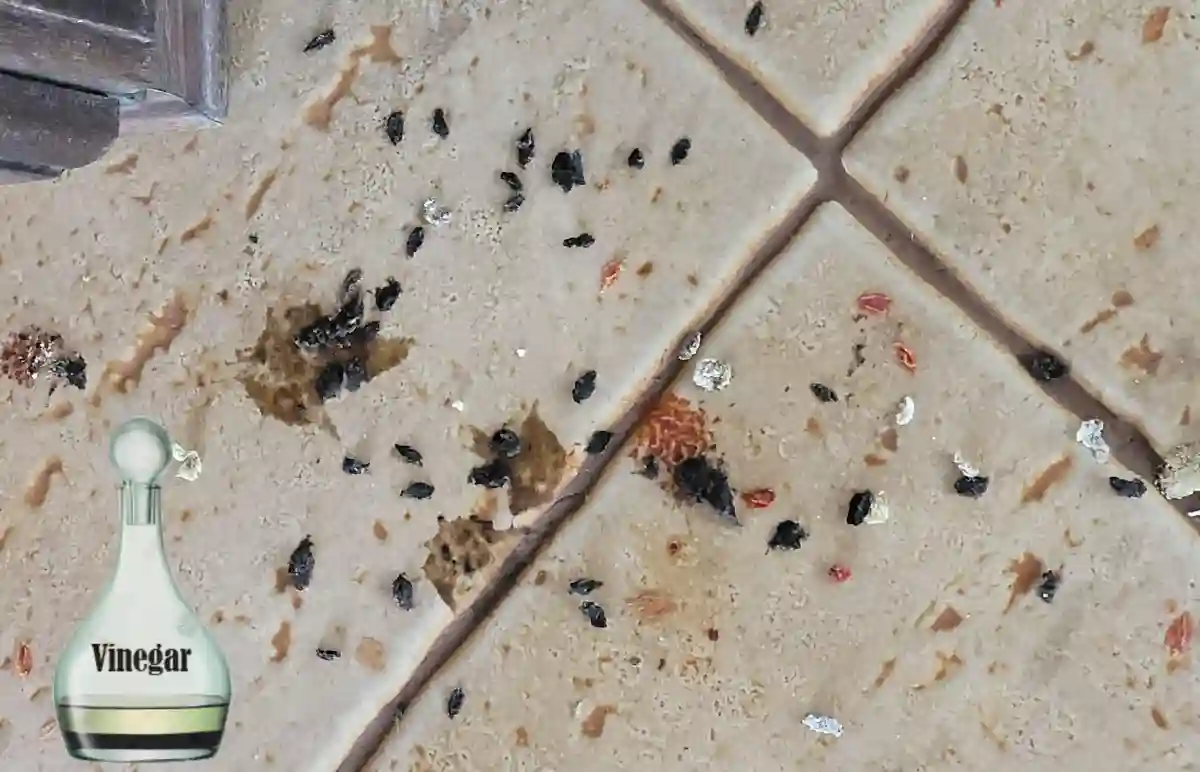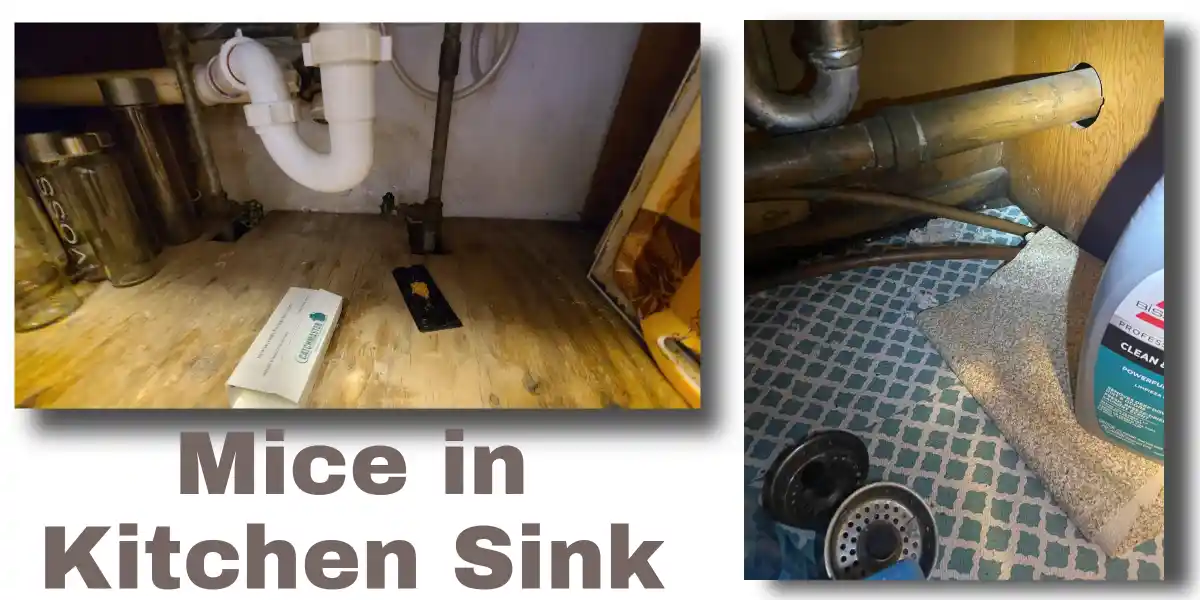If you’re dealing with mice in your home, you will need mouse bait stations. However, mouse bait stations how do they work? These bait stations can tackle everything from a single rodent to a larger infestation. They provide a customizable approach to rodent control, fitting seamlessly into your home environment.
Mice might seem adorable in a store, but they’re a major concern in your home. A pair of mice can have 50 to 60 babies in a year. These rodents can carry diseases and create messes. They’re known for destroying almost anything in a home, including doors, walls, insulation, and wiring, which could even lead to electrical fires.
What’s a Bait Station?
A bait station isn’t a trap. It’s a holder for bait blocks, designed to keep the poison away from kids and pets, preventing accidental poisoning. Mice won’t die inside the station. Instead, they enter, eat the bait, leave, and typically die in their nest 1-2 days later.
Some mouse bait stations have a see-through top, so you can check how much bait is used. Rodents don’t need to eat much bait for it to work. A small amount is enough. A 1 oz bait block can eliminate up to 12 mice.
Mouse bait stations can work alone or with other traps, such as mechanical or glue traps, for complete rodent control. Combining different methods is especially good if you suspect a large rodent population or want a more aggressive approach to mice elimination.
Mouse Bait Stations How Do They Work?

Mouse bait stations are small boxes or enclosures with openings that allow mice to enter. They are tamper-resistant, especially important if you have pets or children. The enclosure protects the bait from the elements and keeps it contained in one area. Inside the station, bait is placed, which is typically a rodenticide, a type of poison that is attractive to mice. The bait might look like small pellets or blocks. It’s formulated to be very appealing to mice, often having a grain or sweet-based flavor.
Mice, attracted by the scent and taste of the bait, enter the bait station through the small openings. Once inside, they consume the bait. The design of the station usually allows multiple mice to feed at once, but it’s also small enough to prevent larger animals from accessing the bait.
After consuming the bait, the poison begins to work. Most rodenticides are anticoagulants, which prevent the mouse’s blood from clotting, leading to internal bleeding. This process is not immediate; it can take several days for the mouse to die. This delay is intentional, as it prevents mice from associating the bait with death and becoming bait-shy.
Mice that have ingested the poison will typically leave the bait station to die. So, make sure to regularly check the area around the station for dead mice and dispose of them properly to prevent secondary poisoning of other animals. You can refill the bait station as needed. However, wear gloves when handling bait and wash your hands thoroughly afterward.
How to Use Mouse Bait Station
- Take the bait station out of the box. If it’s refillable, put the bait block in as directed.
- Put the bait station where you’ve seen signs of rodents, like near walls, in dark corners, attics, or under windows.
- The entrance of the station should face away from the wall or corner.
- For widespread issues, place more stations every 8-12 feet for mice.
Disposable Vs. Refillable Mouse Bait Stations
There are typically two types of mouse bait stations: disposable and refillable. The disposable stations are ideal for small, manageable mice problems. You can simply place them and not worry about touching or storing bait. You can set it up by removing it from the box and placing it near rodent activity areas—that’s all.
However, for larger or recurring rodent issues, you need a refillable mouse bait station. It allows you to replenish the bait as needed. Setting up a refillable station involves the following steps:
- Wear gloves for safety.
- Squeeze the prongs on the bait compartment and pull them to remove it.
- Place bait blocks onto the prongs.
- Reinsert the compartment into the station until it clicks.
- Position the station in a corner or along a wall where there’s recent rodent activity.
- Store extra bait blocks in a sealed container, away from children and pets.
Where to Place Mouse Bait Stations
To effectively use bait stations against rodents, where should mouse bait stations be placed? You need to place them strategically both indoors and outdoors. Here’s a guide to help you:
Indoor Placement
- Locate areas between the rodent’s nest and food sources.
- Common spots include:
- Along walls or corners with signs of rodents like greasy marks, chewed areas, or droppings.
- Behind or beneath kitchen appliances.
- Dark corners or along walls in attics, basements, or garages.
- Near rafters or in drop ceilings, especially if you’ve heard or seen rodents there.
Outdoor Placement
- For stations suitable for outdoor use, place them around your home’s perimeter.
- Key outdoor spots include:
- Around entry and garage doors, and below windows.
- Where utilities enter your home.
- Near crawl space vents, dryer vent exhausts.
- Around sheds, other outbuildings, trash cans, compost bins, and woodpiles.
General Tips
- The entryway of the station should face away from the object it’s set against.
- Avoid placing mouse bait stations where children and pets frequent.
- Place the mouse bait stations every 8 to 12 feet.
Conclusion
So, mouse bait stations how do they work? It’s simple: you place them, mice get in, eat the bait, go out, and die in their best 1-2 days after. If mouse bait stations are not enough for mouse control, don’t hesitate to contact your local pest control professional to permanently and humanely get rid of the critters.
Read also: Will a Mouse Trap Kill a Rat?





